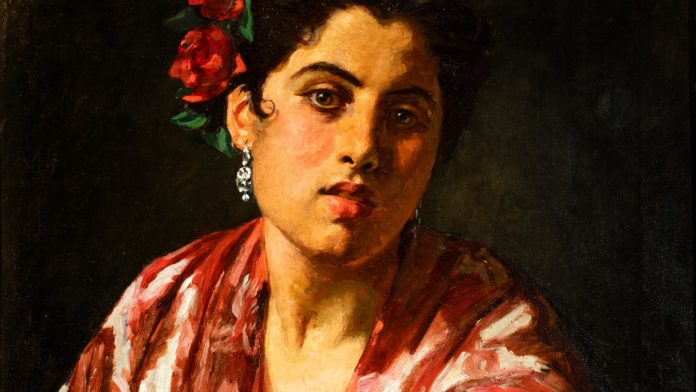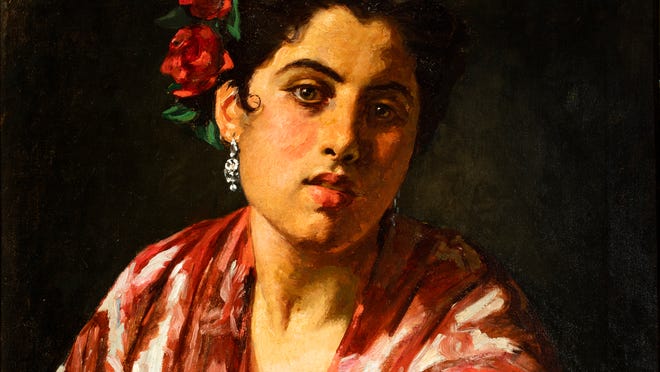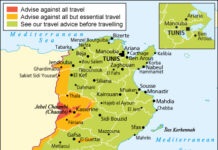American artists traveled to Spain in the 19th century to copy Old Masters, study Islamic architecture and drink in the sunlight. But they didn’t always relinquish their romantic tropes about the España of “Carmen,” matadors and dancers.
“Americans in Spain: Painting and Travel, 1820–1920,” a new exhibit at the Milwaukee Art Museum, captures this mixture of close observation and fantasy in 120-some works, more than half of them paintings. It includes well-known American artists John Singer Sargent, Mary Cassatt and Robert Henri.
The exhibit was jointly organized by the Milwaukee Art Museum and the Chrysler Museum of Art in Norfolk, Va.
Fittingly, for MAM’s first big exhibit following the brunt of the COVID-19 pandemic, “Americans in Spain” is very much a show about travel.
American artists visiting Spain studied paintings by Old Masters at the Prado Museum in Madrid, such as Jusepe De Ribera’s “Saint John the Baptist in the Desert” (1641). Velazquez’s portrait “Queen Mariana of Austria” was a popular subject; Robert Henri’s 1900 copy is included here.
Brandon Ruud, MAM’s Abert Family curator of American art, also credits the writing of Washington Irving in drawing Americans to Spain, particularly his book “Tales of the Alhambra” (1832). While the author of “Rip Van Winkle” spent several years in Spain, Ruud described his tales set there as “fanciful.” Still, they stoked American imaginations about Spain’s Islamic past. A visitor can see that fascination in William Merritt Chase’s “The Moorish Warrior” (1876). (His studious face contemplating a weapon makes me think of Worf on “Star Trek: The Next Generation.”)
Other must-see works in the exhibit:
- Mary Cassatt’s “Spanish Girl Leaning on a Window Sill” (ca. 1872), a newly discovered painting held by a private collector in Madrid. It’s one of several striking paintings in this show by Cassatt, who spent a formative spell in Seville.
- Walter Gay’s “Cigarette Girls, Seville” (1895), based on a real tobacco factory and tourist attraction where young women rolled cigarettes, but seen through a romantic filter.
- José Jiménez Aranda’s “Figaro’s Shop” (1875), a Spanish painter’s gently humorous and beautifully lit scene of a game at checkers at the barber’s shop.
- Ignacio Zuloaga y Zabaleta’s “My Uncle Daniel and His Family” (1910). Like Aranda, the Spanish painter Zuloaga was popular with American audiences. This stunning group portrait, like other works by Americans and Spaniards in this show, includes references to art of the painting. (Some museum staff jokingly refer to this painting as “the Addams Family,” for its combo of goth-friendly black garb and animated facial expressions.)
Wall texts for this exhibit are in both English and Spanish. A free related app, “Americans in Spain,” available from the Apple and Google stores, discussed 36 works from the exhibit in English and Spanish, in both textual and audio forms.
Contact Jim Higgins at jim.higgins@jrn.com. Follow him on Twitter at @jhiggy.
IF YOU GO
“Americans in Spain: Painting and Travel, 1820–1920” can be seen through Oct. 3 at the Milwaukee Art Museum, 700 N. Art Museum Drive. For hours and ticket info, go to mam.org/visit. Masks required. Tickets are for timed entry.









